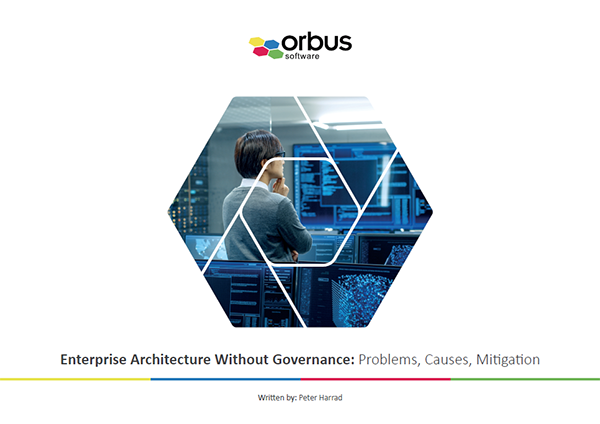Enterprise Architecture affects the whole enterprise and so becomes a highly political situation. This eBook discusses how to take control.
What are the implications of deficient architectural governance?
What does enterprise architecture do for your business? Could it do more? Do all stakeholders understand its potential? Or even what it means?
Establishing an effective enterprise architecture practice is a lot easier said than done. In large part, because its a nebulous term that means a great many things to a great many people. Even today there is not a universally satisfactory answer to the question: what is enterprise architecture?
There is though a general consensus that to some degree enterprise architecture should involve the management, or governance, of the business and its IT functions. Yet, oftentimes organizations will fall short or this goal. So what are the implications of enterprise architecture without governance? And why should we strive to avoid this situation?
In this eBook we’ll answer these questions and explore:
- Definitions of enterprise architecture
- The importance of governance within an organization
- How governance might be subverted
- Recommendations to mitigate the risk of subversion
Regardless of your definition of Enterprise Architecture, if you accept that it’s about managing the IT of the organization as a whole, then architectural governance needs to be a part of that effort. - Enterprise Architecture Without Governance: Problems, Causes, Mitigation
